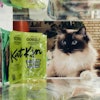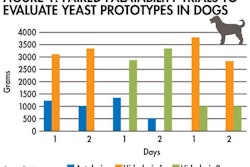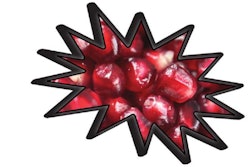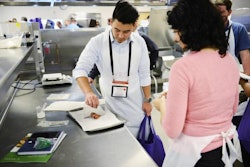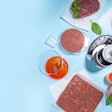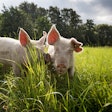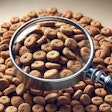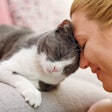Purpose
Present how cat individual genetics make-up analysis can be successfully combined with sensory evaluations to increase understanding and satisfaction of cat food individual preferences.
Abstract
Meal time is a privileged moment during which pet owners wish to please their animals with tasty products they will enjoy. Cat foods available on the market today are segmented to meet different age, lifestyle and physiological needs, but they offer limited recipe choices intended to please a majority of cats. However, cats have food individual preferences that are, in part, innate.
In humans, some food individual preferences are driven by genetics. Indeed, the so-called supertasters are more sensitive to PROP because they have a specific genetic pattern on one of their bitter receptors. They are thus less likely to eat green vegetables, drink coffee or smoke. Moreover, this sensitivity is not distributed in the same way across the world: taste preference frequencies differ among populations.
A parallel could be made for cat individual preferences. Indeed, cat food palatability is mostly driven by its taste. Like for humans, there could be different taste perception and preferences between cat breed populations related to their different genetic background. Because genetics play an important role in taste perception, a cat’s genetic make-up combined with food preferences assessment through palatability testing could be a performing tool to understand cat palatability and improve cat food performance.
Taking advantage of individual preference data collected with 600 cats representing several breeds worldwide in Panelis (France, Brazil and USA), Diana Pet Food already confirmed the existence of cat populations differing in their food preferences. Complementary statistical analysis conducted on this unique database highlighted that while some preferences seem to be acquired and linked to cats’ past feeding, some others appeared to be innate. These native penchants are the ones to be studied in order to show how food preferences are linked with genetics.
Take-home points
- Cats have individual food preferences that are both innate, such as the dislike of bitter taste, and acquired.
- Part of taste perception is driven by genetic background.
- Understanding the relationship between genetics make-up and individual preferences of cats can be a powerful tool in developing customized cat foods.
